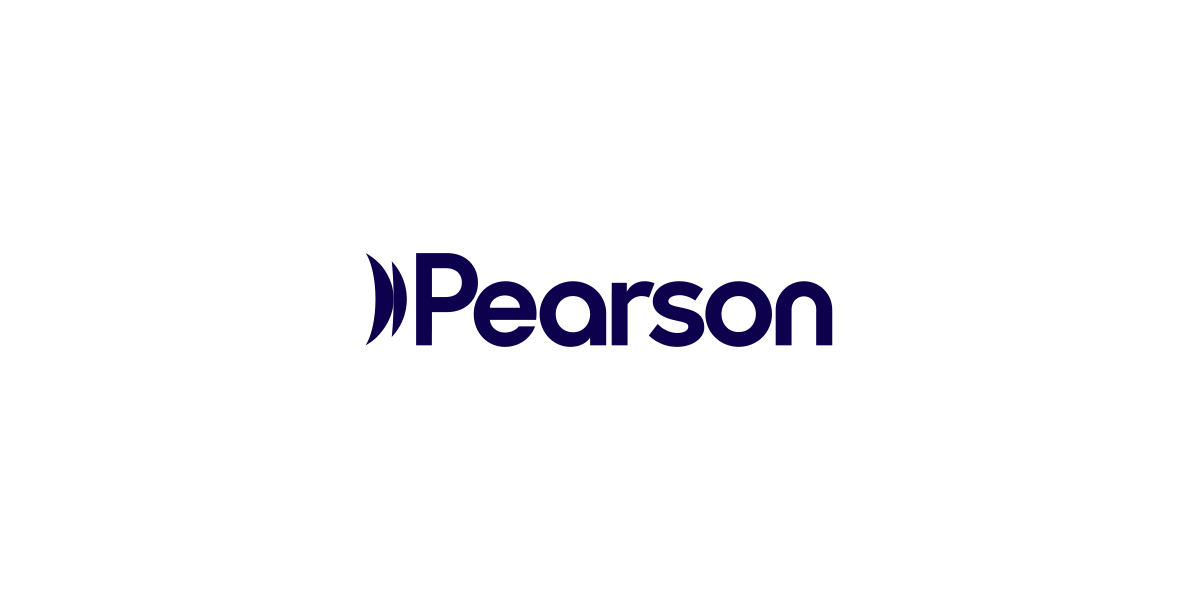SPELL-Links™ to Reading & Writing and SPELL-Links™ Class Links for Classrooms™ are instruction and intervention products for struggling readers and suitable for students with dyslexia. The SPELL-Links™ products use a speech-to-print word study approach that leverages the brain's innate, biological wiring and organization for oral language. 
SPELL-Links to Reading & Writing and SPELL-Links Class Links for Classrooms
SPELL-Links
SPELL-Links™ to Reading & Writing and SPELL-Links™ Class Links for Classrooms™ are instruction and intervention products for struggling readers and suitable for students with dyslexia. The SPELL-Links™ products use a speech-to-print word study approach that leverages the brain's innate, biological wiring and organization for oral language.Choose from our formats
Kits
Starter & complete kits, print & digital
4 options
Support materials
Manuals, stimulus books, replacement items & other materials
6 options
All products
All tests and materials offered for SPELL-Links
10 options